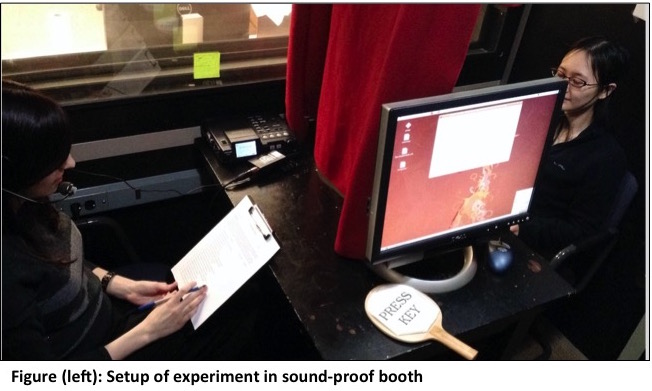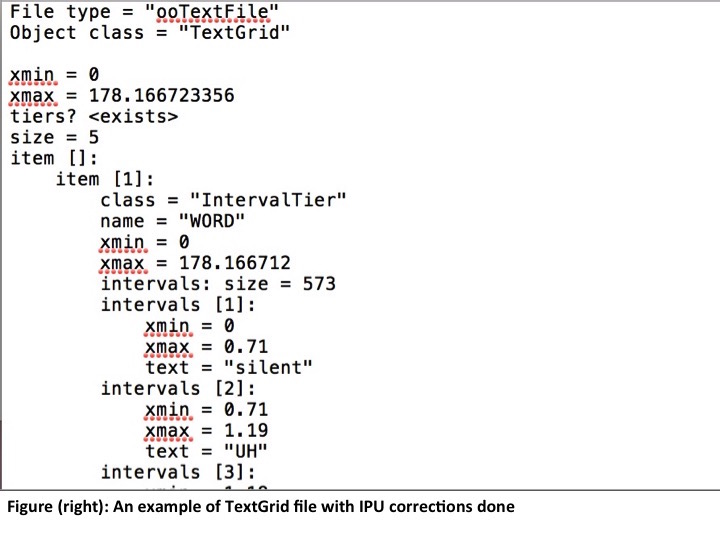|
The Columbia X-Cultural Deception Corpus Department of Computer Science - Columbia University |
|
• Internal
• Speech Lab
| Designing the CorpusWe employed a variation of the ‘fake resume’ paradigm in which we elicited true and false biographical information from subjects; this served as ground truth. We first separated the subjects from one another, and told them each, separately, that they would play a lying game with the other subject. The subjects were told they would alternate between being interviewed themselves and interviewing their partner about answers to a set of 24 biographical questions. As an interviewer, the subject attempted to determine whether the interviewee was lying or telling the truth; the subject received $1 each time he or she correctly identified an interviewee’s answer as either lie or truth and lost $1 for each incorrect judgment he or she made. As an interviewee, the subject attempted to successfully deceive the interviewer; the subject earned $1 each time their lie was judged to be true, and lost $1 each time their lie was correctly judged to be a lie by the interviewer. The subjects then completed the aforementioned 24-item biographical questionnaire; using guidelines given to them to ensure their false answers differed significantly from the truth, the subjects created false answers for a random half of the questions on the sheet. Before the game began, these false answers were checked by the experimenter to make sure the subjects followed the guidelines. The subjects also each had to complete the NEO-FFI personality inventory and give a 3-4 minute baseline sample of speech for use in speaker normalization. For this baseline sample, the subjects answered open-ended questions and were instructed to be truthful. The game, itself, took place in a sound booth, where both subjects were seated across from one another, and separated by a curtain; this ensured that there was no visual contact between the subjects. For the first half of the game, one subject assumed the role of the interviewer, while the other answered the biographical questions, lying for one half and being truthful for the other half (based on their questionnaire’s configuration). For the second half of the game, everything was the same, except the subjects’ roles were reversed. During the game, the interviewer was allowed to ask the 24 questions in any order he or she chose; the interviewer was also encouraged to ask follow-up questions to aid them in determining the truth of the interviewee’s answers. The speech from the game was recorded to digital audiotape, on two different channels, using a Crown head-mounted close-talking microphone. For each question, the interviewer recorded their true/false judgment, along with a confidence score from 1-5. While answering the questions, the interviewee pressed the T or F key for each phrase; this would log that segment of speech as true or false, giving us the ‘local truth’ for each phrase. After the game was done, both subjects completed a brief questionnaire, which included additional confidence questions.
|

